|
Why should I care about fire safety? Your home is more prone to fire than you think.According to NFID, there was a total of 38,844 fires in the seven jurisdictions reporting in 2014. Of the 19,062 structural fires reported in 2014, three quarters (74%) were residential fires. Consistent with the overall trend, the number of structural fires declined by 26% between 2005 and 2014. However, Over the 10-year period, residential fires consistently accounted for 6 out of every 10 structural fires, ranging from 69% in 2005 and 2006 to 75% in 2013. Although the overall number of reports have decreased, why did the proportion of residential and structural fires increase? Because newer homes burn faster: "Research shows that 30 years ago, you had about 17 minutes to escape a house fire. Today it's down to three or four minutes. The reason: Newer homes and the furniture inside them actually burn faster. A lot faster. "Among structural residential fire incidents, cooking equipment and smoker’s equipment/open flame were the two leading sources of ignition in residential fires over the 2005 to 2014 period. These two categories combined consistently accounted for about 6 in 10 of all of the residential fires." - NFID "The majority of fire-related deaths occur in structural fires. For example, in 2014, 87% of the reported fire deaths occurred as a result of structural fires. Vehicle fires accounted for 11% of reported deaths, while outdoor fires accounted for 4%." - NFID
|
AuthorHolz100 Canada Inc. Archives
July 2019
Categories
All
|
HoursMon - Fri.
9:30am - 4:30pm |
Office |
President FRANK GHAHREMANI(416) 725-6747
|

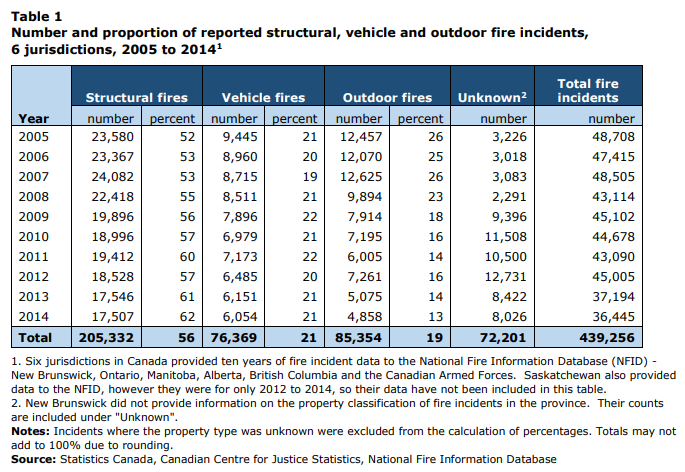
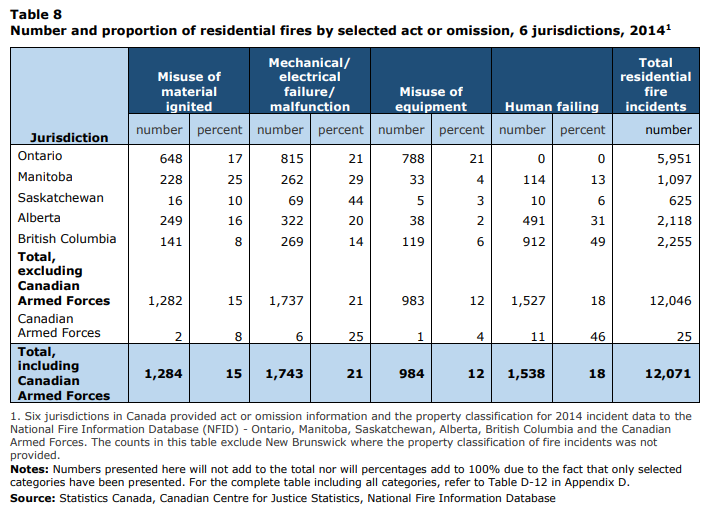
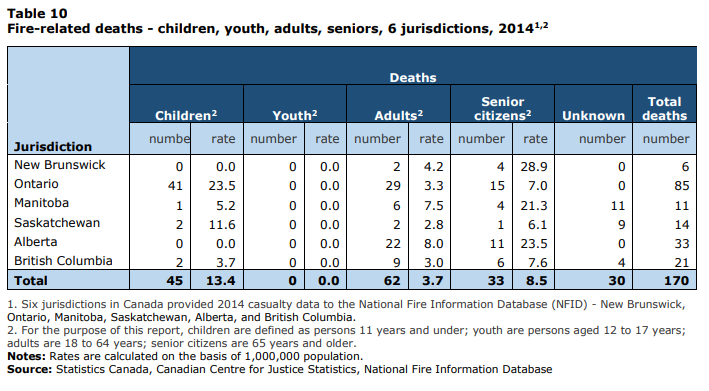
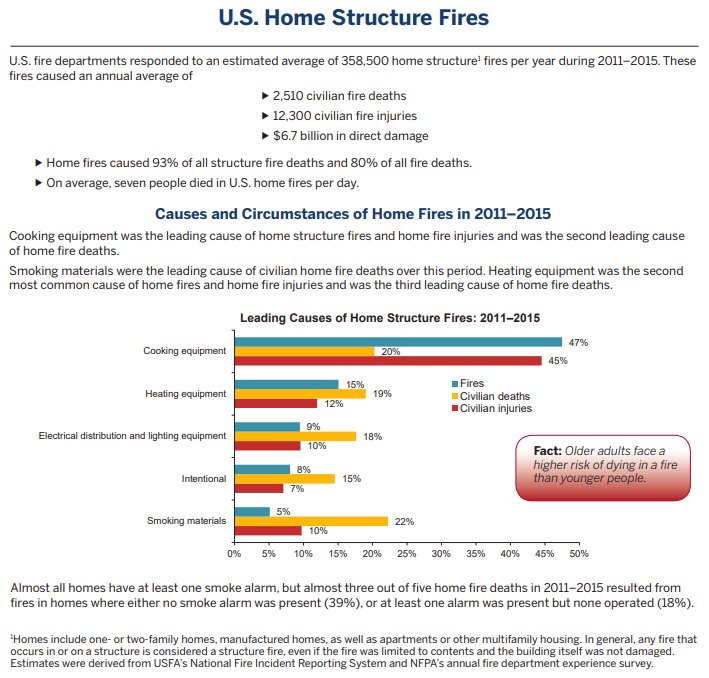
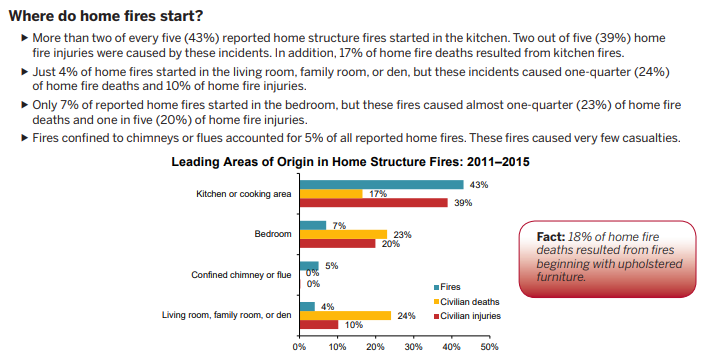
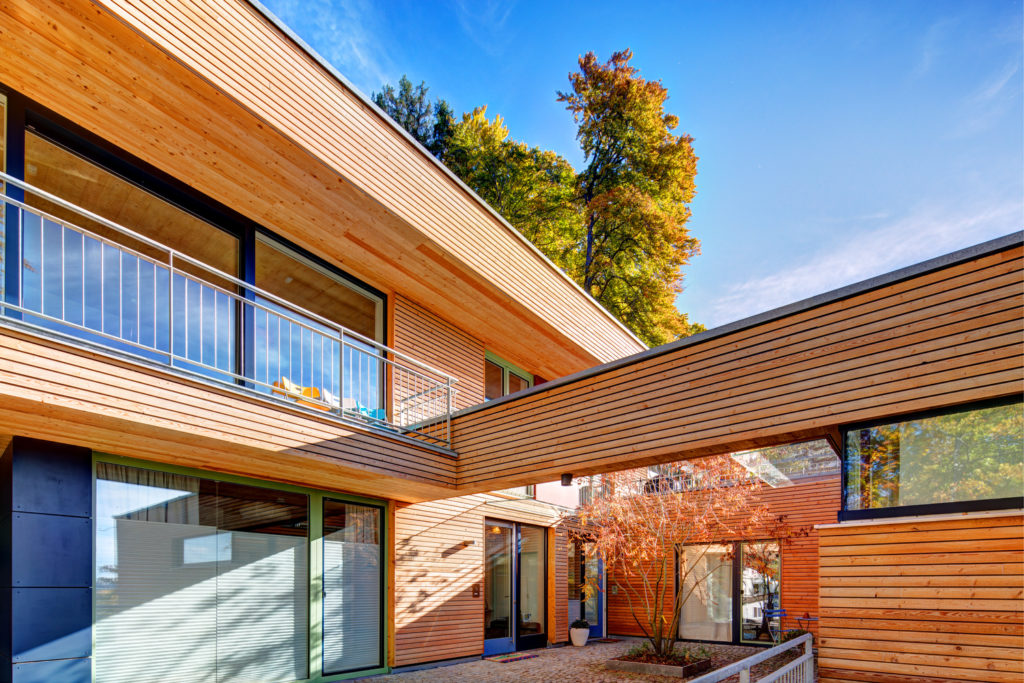
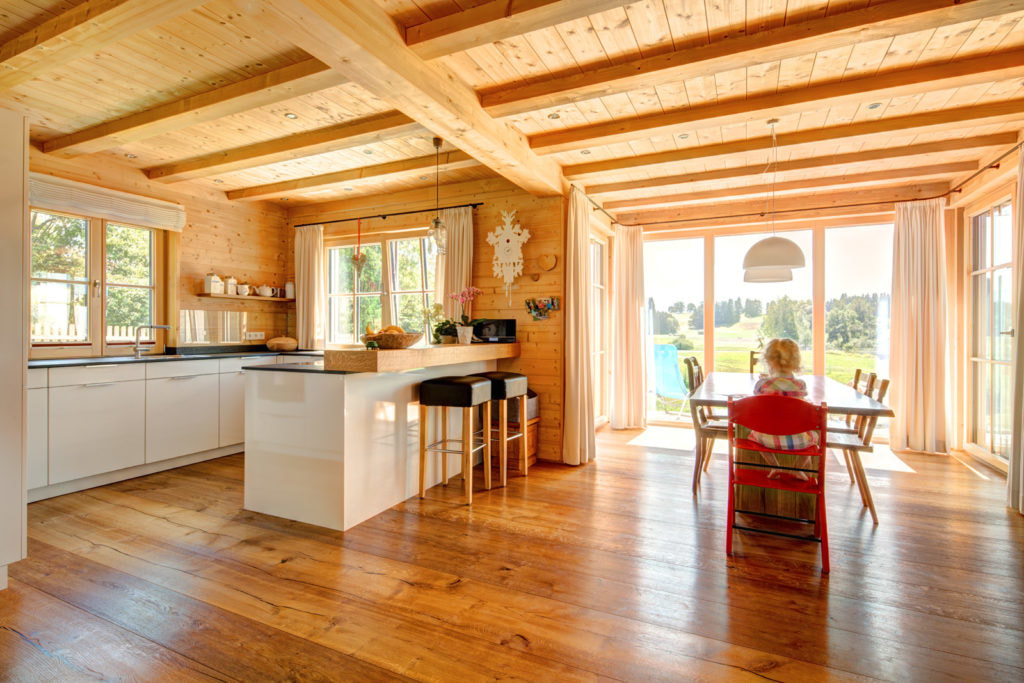
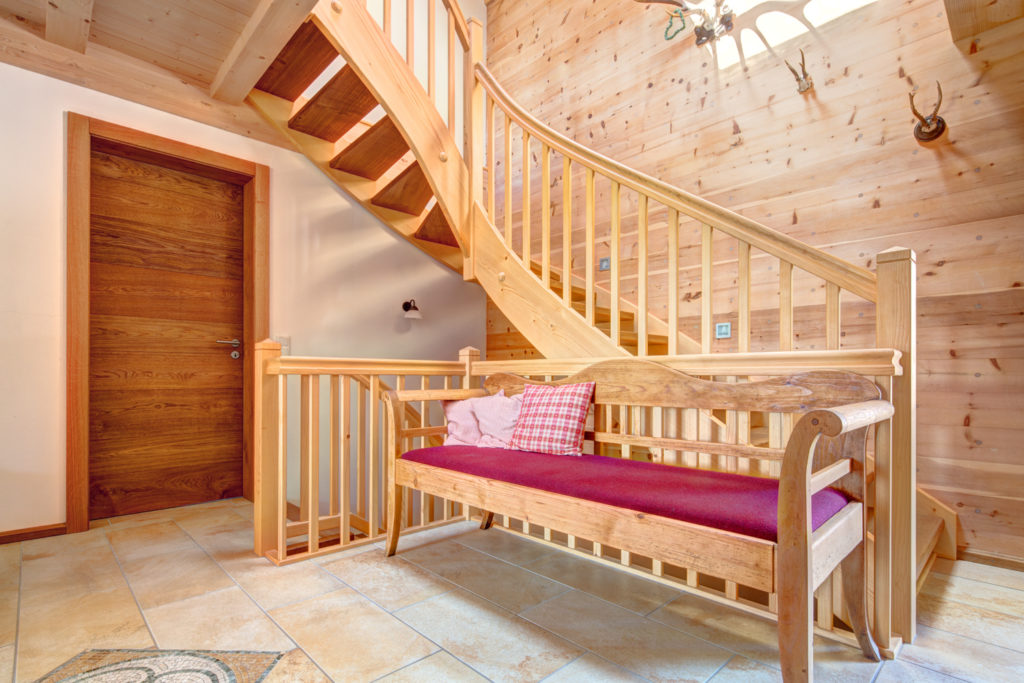
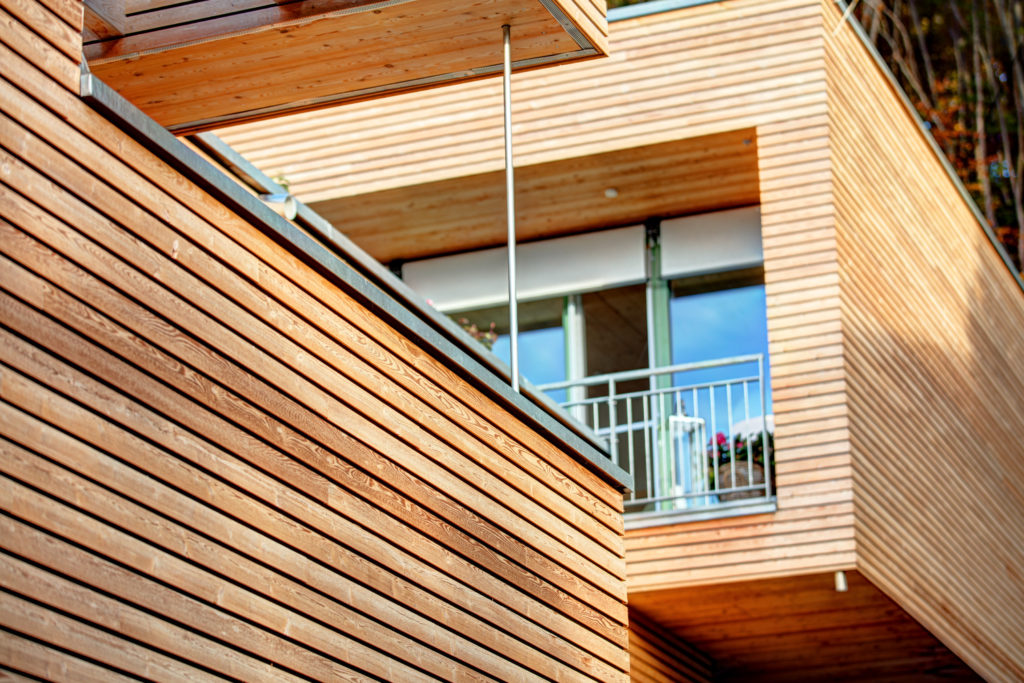
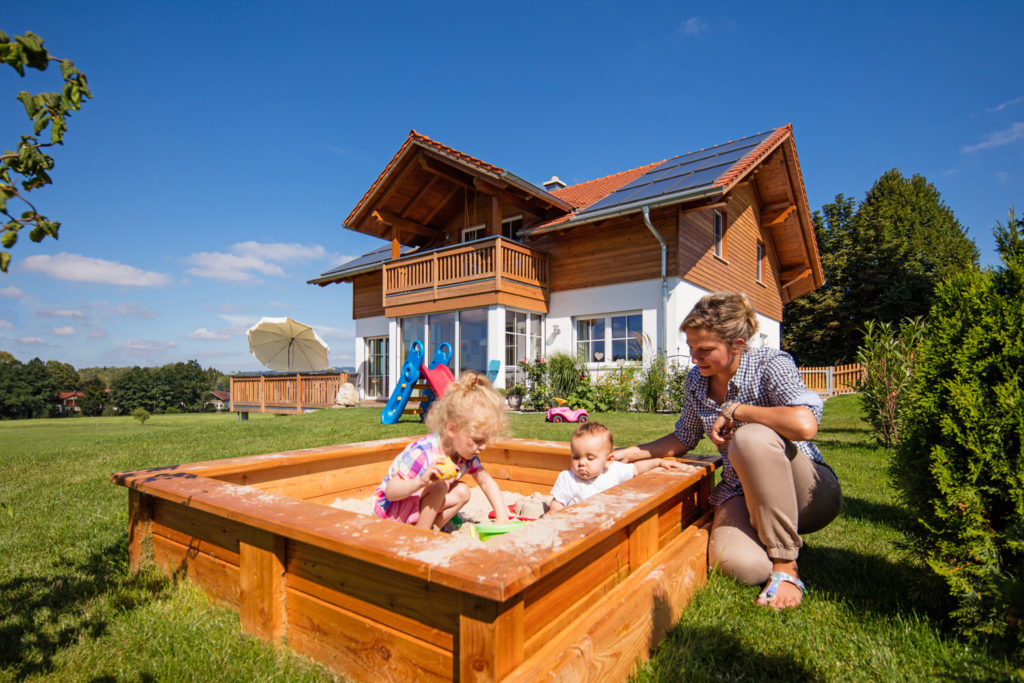
 RSS Feed
RSS Feed


